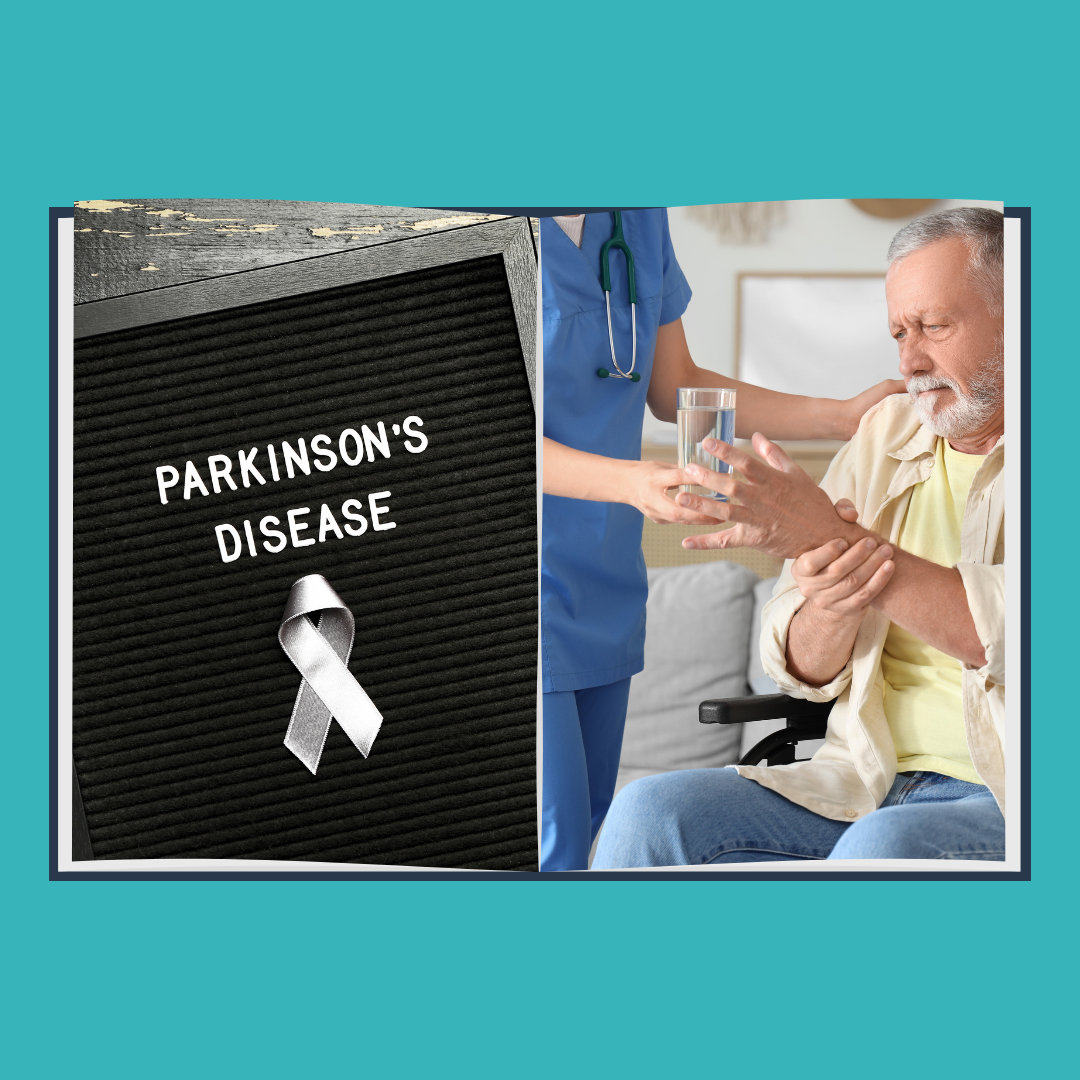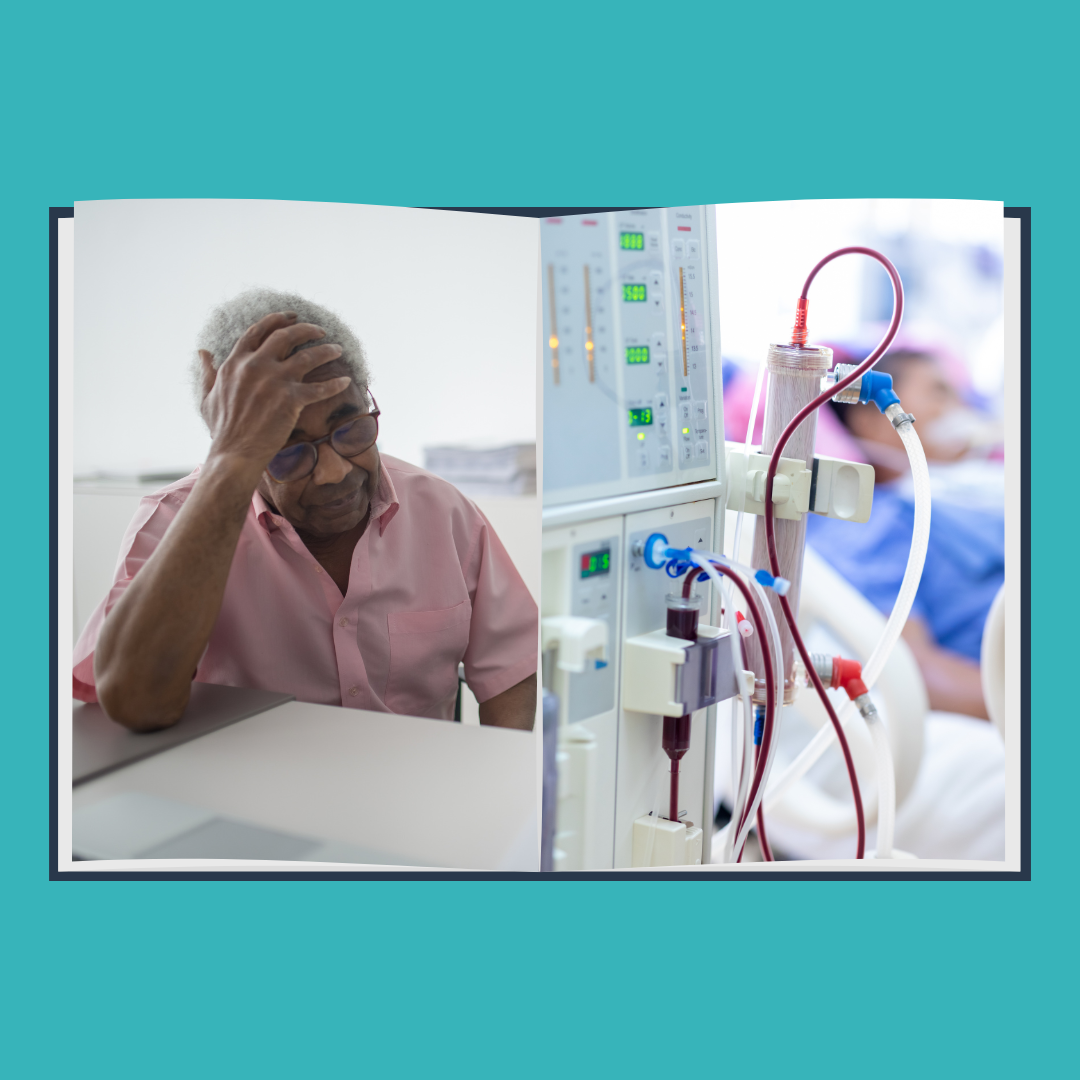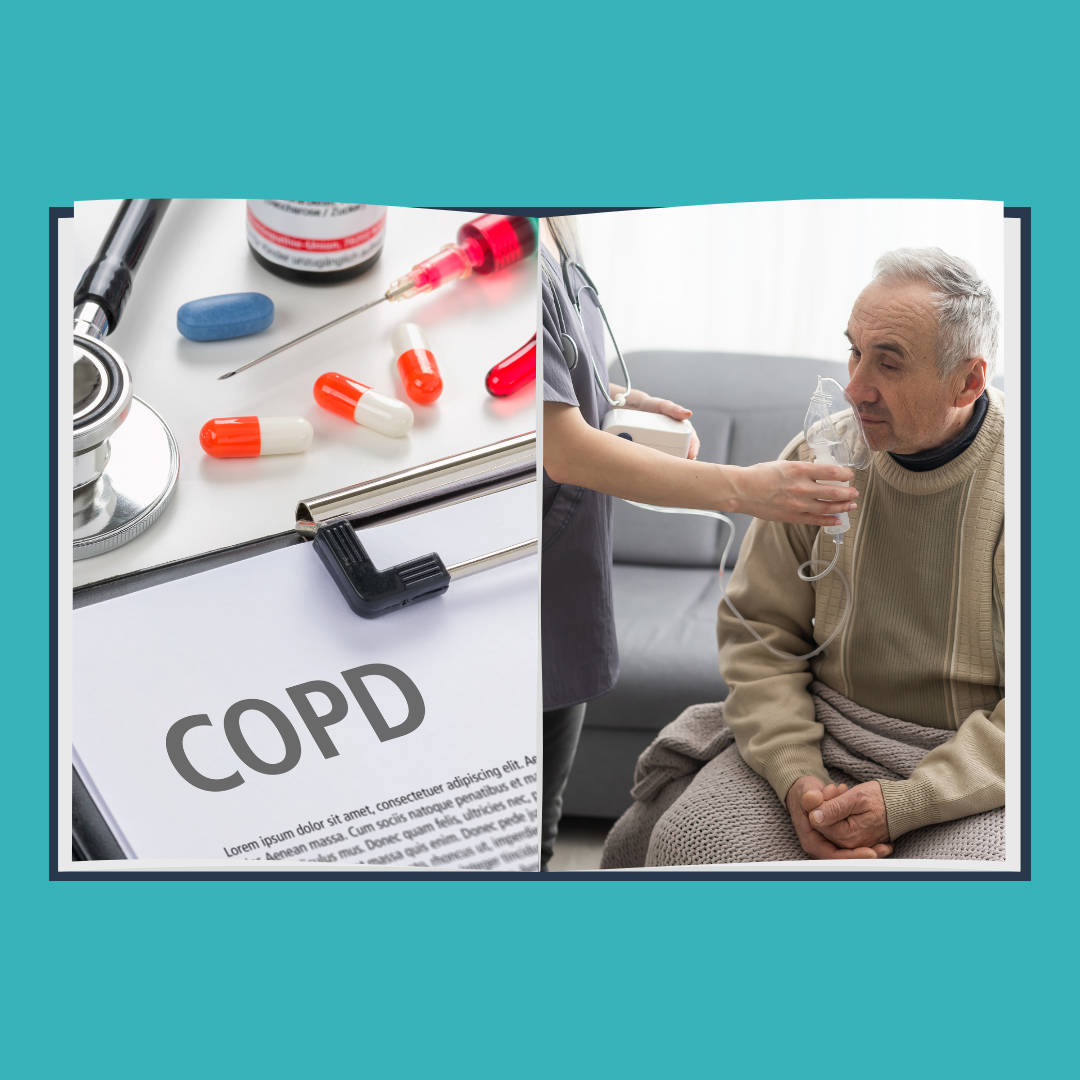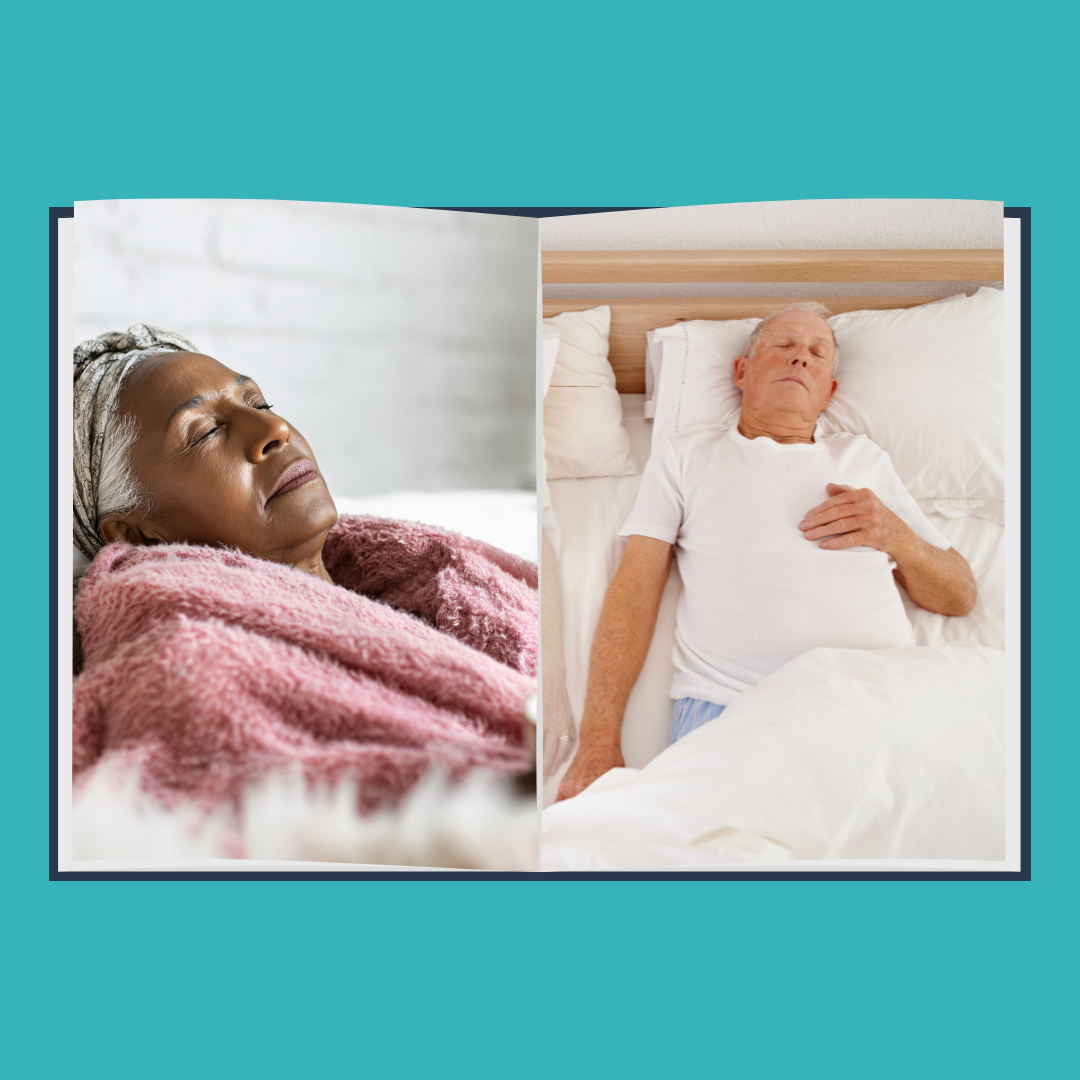New Paragraph
July 21, 2025
Spotting and Managing Vision Loss in Older Adults
Vision problems often go unnoticed until they severely impact daily life. For seniors, loss of sight can lead to isolation, falls, and a lower quality of life. Understanding how to detect early signs and adjust care accordingly can prevent serious accidents and help maintain independence.
Common Age-Related Eye Conditions
- Cataracts: Clouding of the eye lens
- Glaucoma: Increased eye pressure that damages the optic nerve
- Macular Degeneration: Affects central vision
- Diabetic Retinopathy: Complication from diabetes
Signs to Watch For
- Bumping into objects
- Squinting or sitting too close to screens
- Trouble with reading or recognizing faces
- Increased sensitivity to light
How In-Home Care Can Help
- Assistance with reading and writing
- Medication management for eye drops or treatments
- Accompanying to eye exams
- Fall-proofing the home (better lighting, removing tripping hazards)
Tools and Resources
- Magnifying glasses
- Large print books
- Talking clocks or medication dispensers
- Voice-activated technology
While vision changes are common with age, proactive care can prevent complications. Hope and Recovery Care works closely with families to support seniors experiencing vision loss—ensuring safety, dignity, and greater independence at home.

Parkinson’s Disease in Seniors: How In-Home Care Enhances Mobility, Safety, and Emotional Well-Being
Explore how Parkinson’s disease impacts seniors and how in-home care improves mobility, safety, emotional well-being, and daily independence. A must-read guide for families supporting aging loved ones with Parkinson’s.








